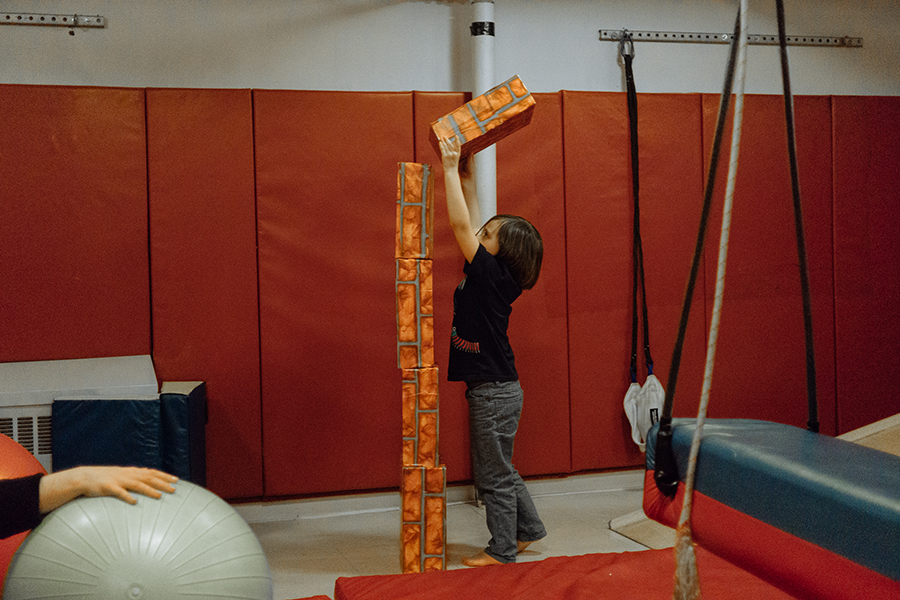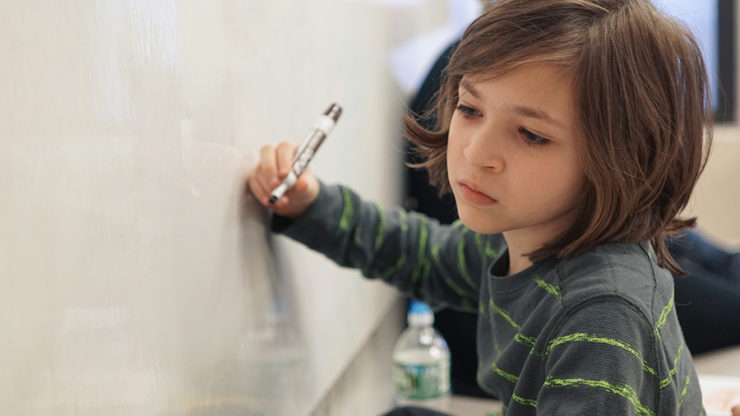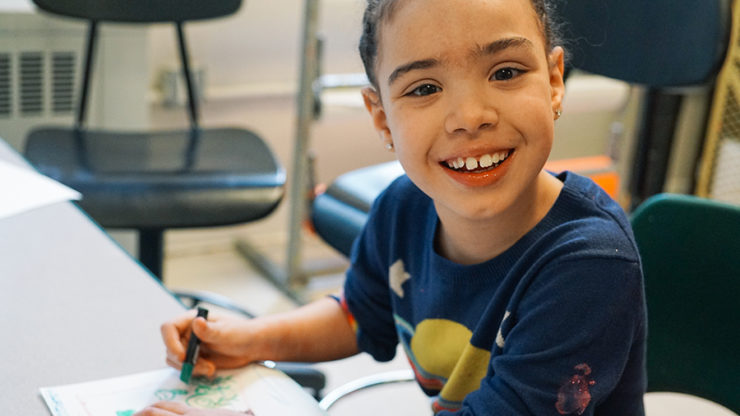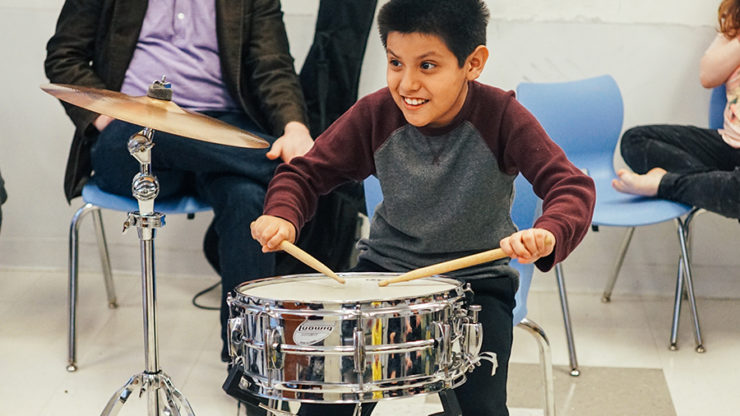The acronym DIR stands for “Developmental, Individual-Difference, Relationship-based approach,” a therapeutic intervention model developed by Dr. Stanley Greenspan.
Developmental refers to the capacities on the FEDC chart. It provides a standard way to measure milestones in our students’ development over time.
“Individual-Difference” refers to the unique way a child processes information. This means that we account for the individual strengths and needs of every student.
“Relationship-based” refers to our understanding of the learning relationships that enable a child to progress in their development.
A detailed breakdown of the DIR Model can be found at the website of the The Interdisciplinary Council on Development and Learning.
Floortime is one component of a comprehensive DIR-based intervention program. Floortime focuses on creating emotionally meaningful learning interactions that encourage mastery of the developmental capacities. The DIR model has helped many children with developmental delays such as autism spectrum disorders learn to relate to adults and peers with warmth and intimacy, communicate meaningfully with emotional gestures and words, and think with a high level of abstract reasoning and empathy. The DIR model allows us to integrate emotional, social, intellectual, and educational goals for each child.
Greenspan, Stanley I., and Serena Wieder. Engaging Autism: Using the Floortime Approach to Help Children Relate, Communicate, and Think. Philadelphia: Da Capo Lifelong, 2009. Print.







Leave a Reply